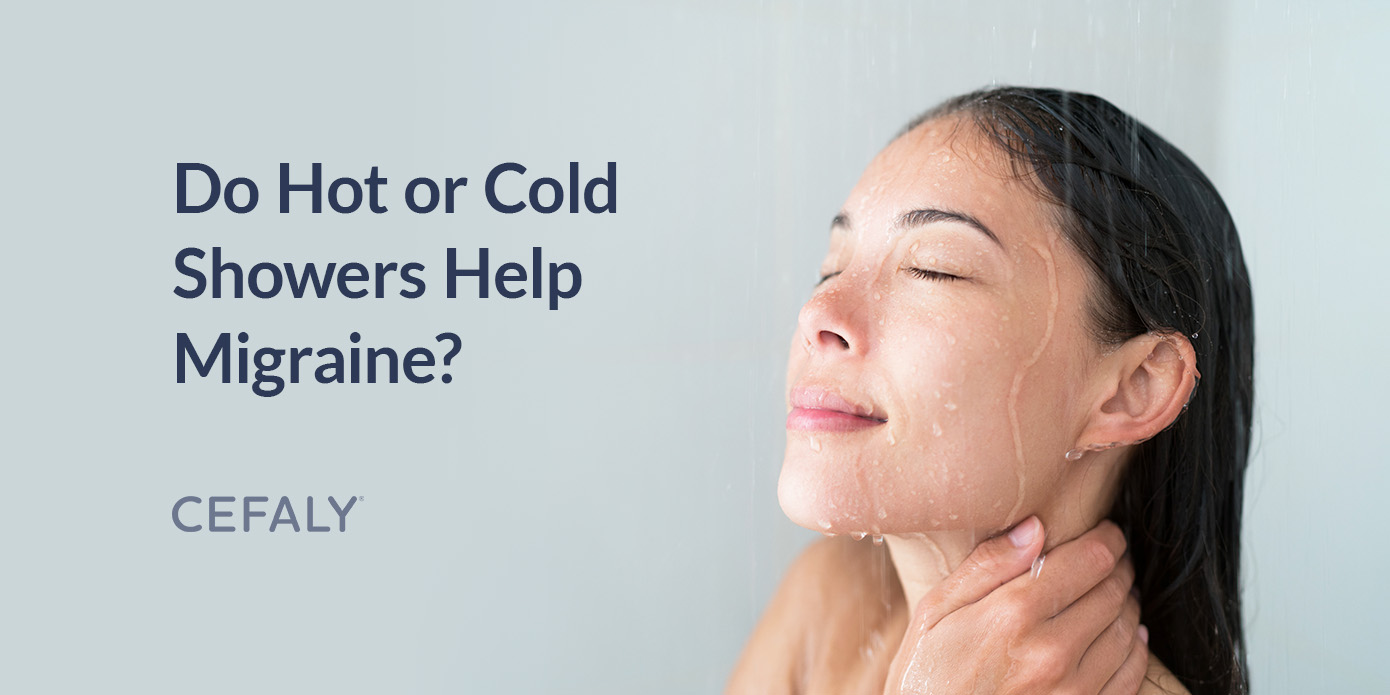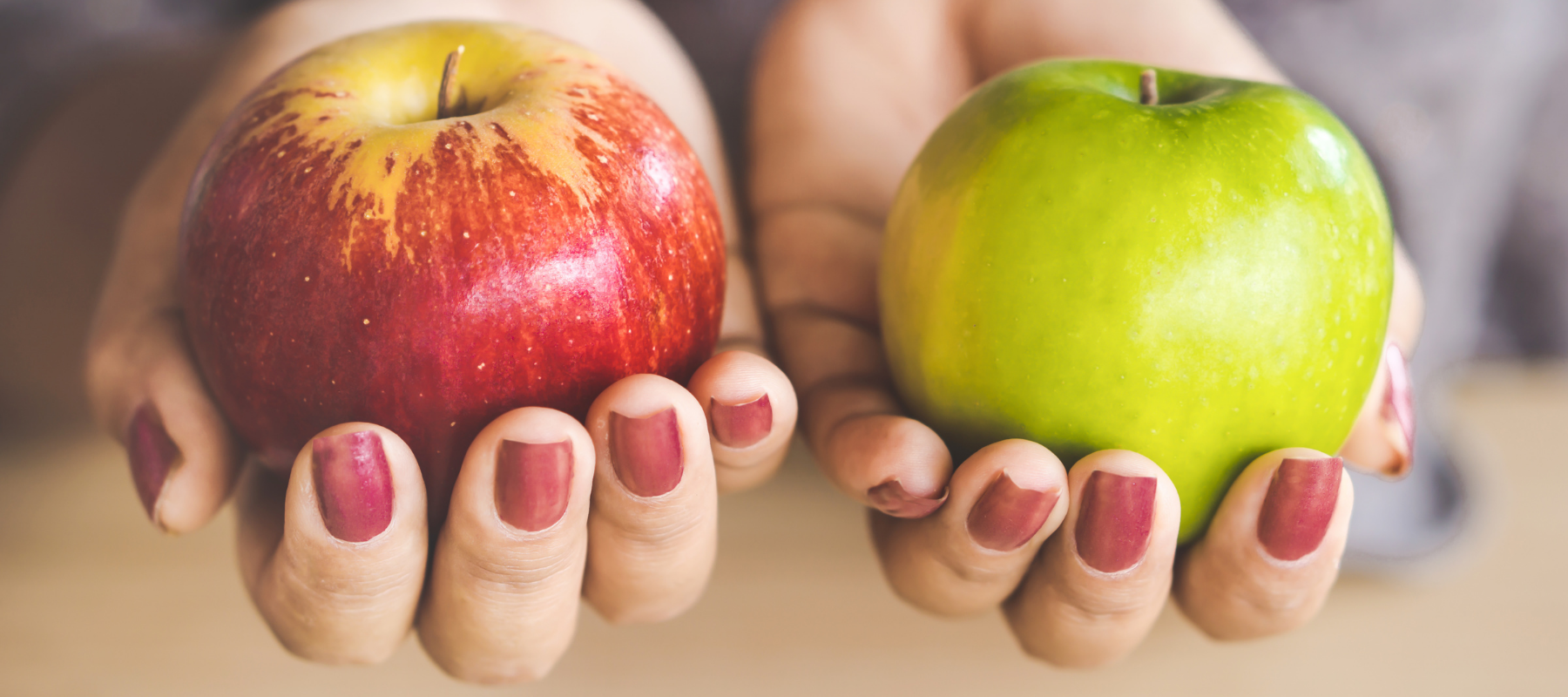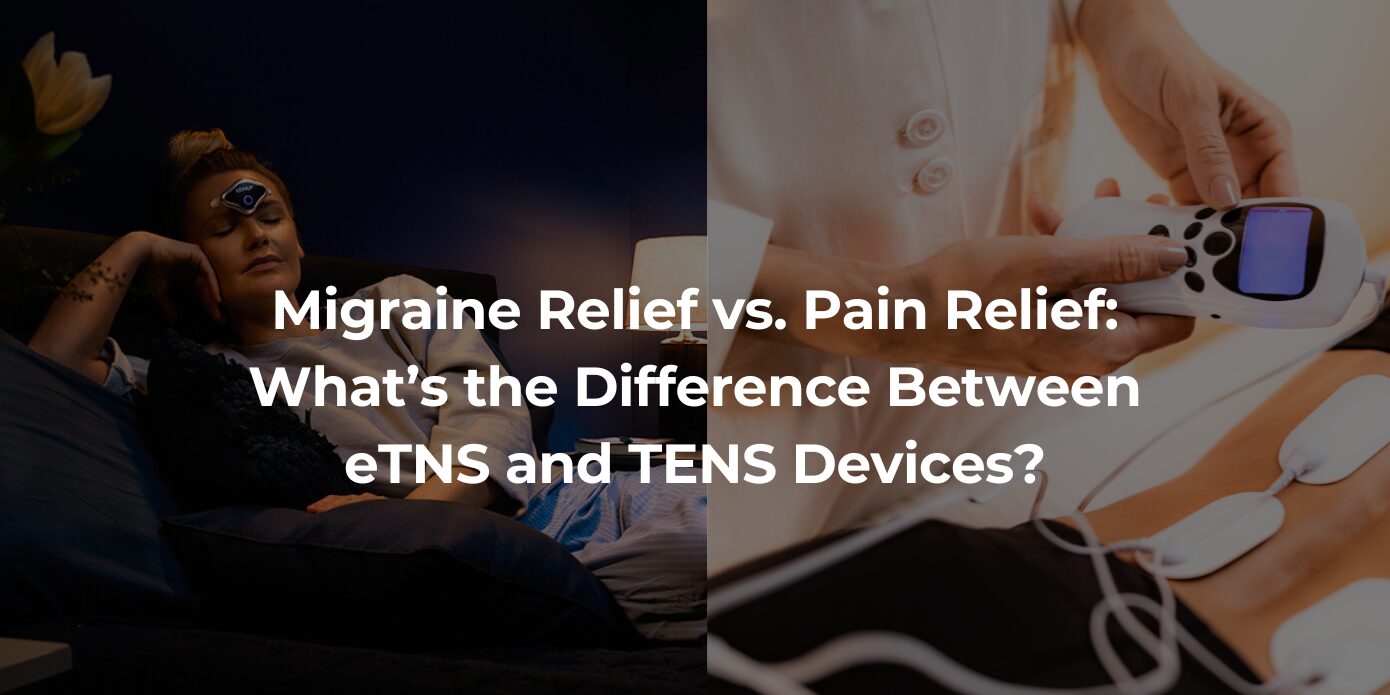For people with migraine, water therapy can be a natural remedy for pain and symptom relief. In many cases, it’s as simple as taking a shower or bath. The next time you feel an attack coming on, it may be worth trying out.
Some individuals find that the temperature of the water plays a role in hydrotherapy’s effectiveness. Discover how cold or hot showers help migraine, and explore several self-care treatment methods to try alongside them.
Do showers help migraine?
In some cases, yes — showers can be a form of pain relief for migraine, though it’s different for everyone. Some people find that either warm or cool showers help reduce their symptoms.
Further research is needed to explore the connection between migraine and hydrotherapy, a form of treatment that immerses the body in water to promote pain relief and well-being. However, current evidence and individual case studies suggest that hydrotherapy may help alleviate migraine by interfering with pain pathways, particularly when used in conjunction with standard pharmaceutical treatments, such as over-the-counter (OTC) medications.
How do hot showers help migraine?
Warm or hot showers may or may not provide migraine relief — it depends on the person. Moisture and heat can boost blood flow and circulation by widening the blood vessels, a process called vasodilation. In some cases, this may have an adverse effect, as many migraine medications work by constricting blood vessels rather than dilating them.
Conversely, some people with migraine find that warm water relaxes their muscles, releasing stiffness in the head, neck and shoulders. It can be a soothing, effective form of stress relief. Considering stress is among the top migraine triggers, taking a hot or warm shower may help reduce tension and pain.
Additionally, inhaling steam from the hot water may provide comfort. Allergies and sickness can cause sinus pressure, which triggers migraine attacks in some people. Breathing in steam during a shower may help reduce congestion by opening the nasal passages.
How do cold showers help migraine?
While some people have found that a hot shower will help a migraine, others find cooler showers to be more effective. Cold water causes vasoconstriction, the narrowing of the blood vessels, which may help reduce pain. Triptans, a common prescription medication for migraine, have a similar effect.
Cold water can also create an immediate numbing effect that may alleviate some pain sensations. Cold temperatures can slow down your nerves’ ability to transmit pain signals to the brain. Consider trying a cool shower, along with a cold compress that covers the carotid arteries on each side of your neck.
Another option is to alternate between cold and hot showers or use varying temperatures on different areas of your body. Try experimenting with different temperatures to see what helps — or worsens — your migraine pain.
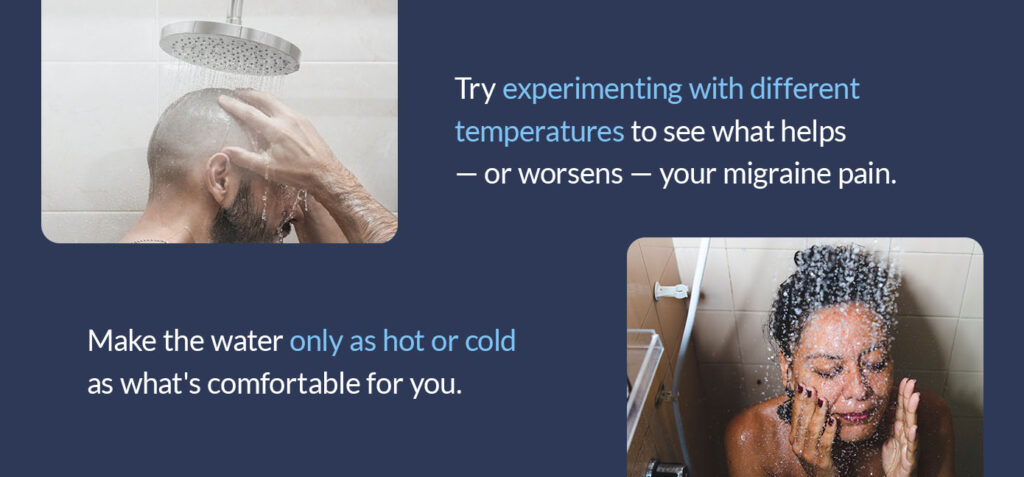
Can showers trigger a migraine attack?
In some instances, showers may contribute to a migraine attack, depending on the individual and their specific triggers. For instance, a shower that’s too hot may stimulate temperature-sensitive receptors and make your head pound. Or, the heat and steam may aggravate other migraine symptoms, such as nausea. Meanwhile, a shower that’s too cold could cause your muscles to tense up, potentially triggering or worsening an attack.
That’s why testing out different water temperatures is key. Make the water only as hot or cold as what’s comfortable for you.
Get Drug-Free Migraine Relief With CEFALY
Shop Now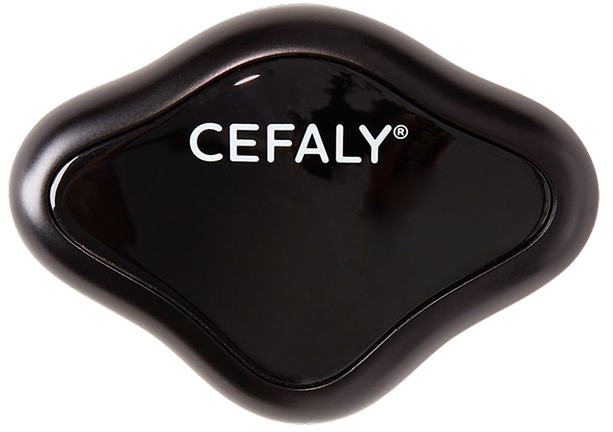
90-day money back guarantee
FDA-cleared
financing available
Does a hot bath help a migraine?
Similar to a hot shower, a hot bath may either relieve or intensify a migraine attack, depending on the person. Some find that the warmth relaxes their muscles, improves blood circulation and decreases their pain, while others find cold water more calming. The best approach varies based on individual preferences and triggers.
Other ways to reduce migraine pain
In addition to a cold or hot shower for migraine, you can try these self-care techniques at home to see if any work for you:
- Pain relief medications: A warm or cool shower may be more effective when used alongside a pain relief medication. Some common OTC options are acetaminophen, ibuprofen and aspirin. Prescription medications include triptans, beta-blockers and anticonvulsants.
- Essential oils: Many find aromatherapy to be helpful for managing their migraine symptoms. Try scenting your shower with peppermint, lavender, chamomile or eucalyptus oil to see if it offers relief.
- Hot or cold compress: Depending on whether warm or cool showers work better for you, you could supplement them with a hot or cold compress, such as an ice pack or a warm washcloth. While standing in the shower, place the compress against your forehead or the back of your neck to ease tension and pain.
- Vitamins and supplements: Some people turn to supplements in addition to — or instead of — migraine medication. The most effective supplements for migraine include magnesium, vitamin B12, vitamin D, coenzyme Q10 and omega-3 fatty acids.
- Sleep: Quality sleep is one of the best natural medicines for migraine relief. Create a restful, soothing environment to relax your body and mind. After getting out of the shower, you might turn on your oil diffuser, put on some white noise, shut the blinds and take some melatonin. Eliminate loud noise, bright lights and other external distractions as much as possible to help you drift off to sleep.
- Breathing exercises: These simple techniques can promote rest and relaxation, which may help ease your migraine attack. You could try rhythmic breathing, such as counting to five as you inhale, then counting to five again as you exhale. Another option is deep breathing — as you breathe in, visualize filling your abdomen until you feel slight pressure just below your navel.
- Migraine device: Migraine devices, such as CEFALY, use neuromodulation to help relieve migraine pain and lower attack frequency. CEFALY delivers small, safe electrical impulses via an adhesive electrode worn on the forehead. This stimulates the trigeminal nerve, the central migraine pain pathway. CEFALY has two treatment modes. ACUTE can help alleviate symptoms at the onset of an attack. PREVENT can be used in daily increments to increase your trigger threshold and reduce the number of attacks over time.
Try CEFALY with a 90-day money-back guarantee
If you’re seeking a drug-free, clinically proven migraine device, try CEFALY Connected to see if it offers the relief you’re looking for. You can also pair your device with the CeCe Migraine Management app, which allows you to track, control, and optimize your CEFALY treatments.
Our 90-day money-back guarantee makes it easy to trial the device and decide if it’s right for you. Order yours today!

